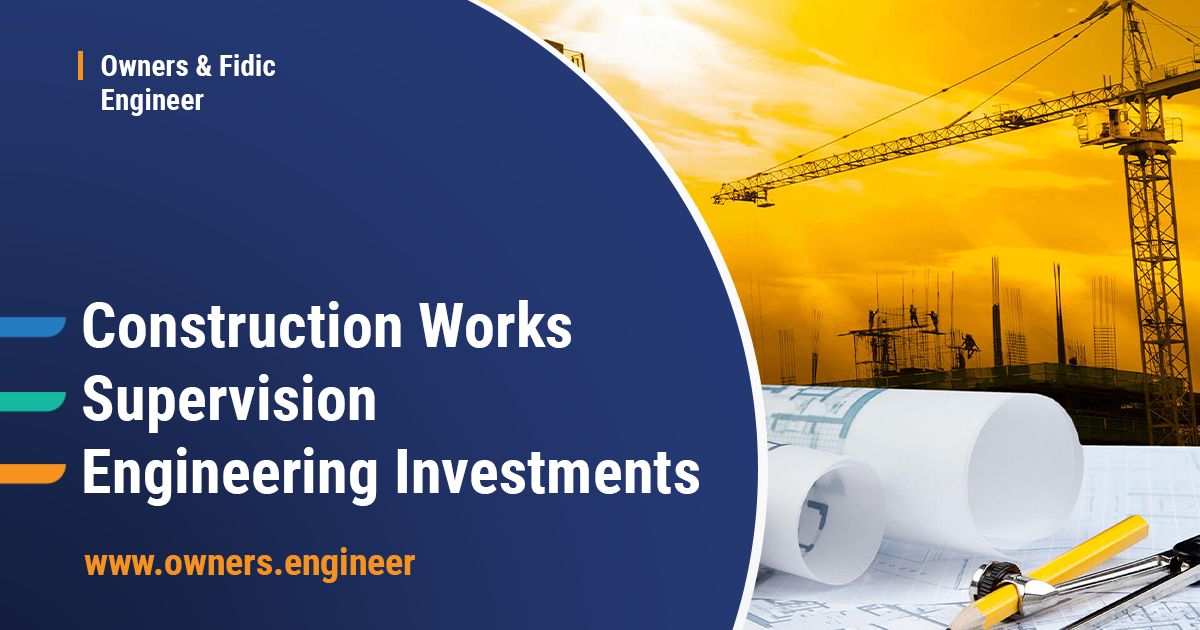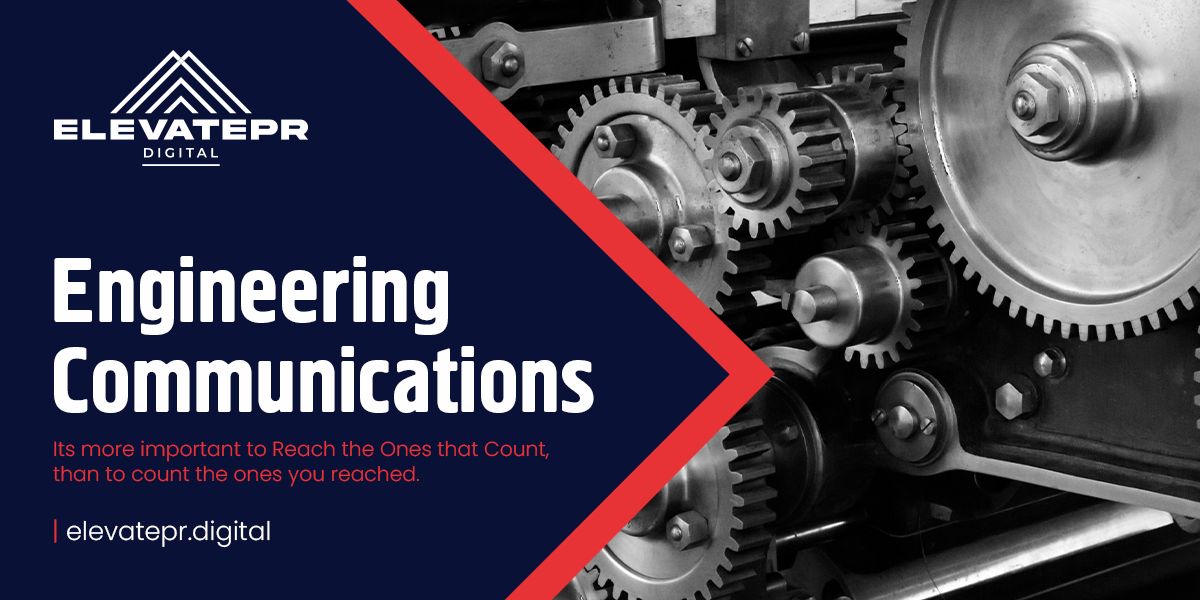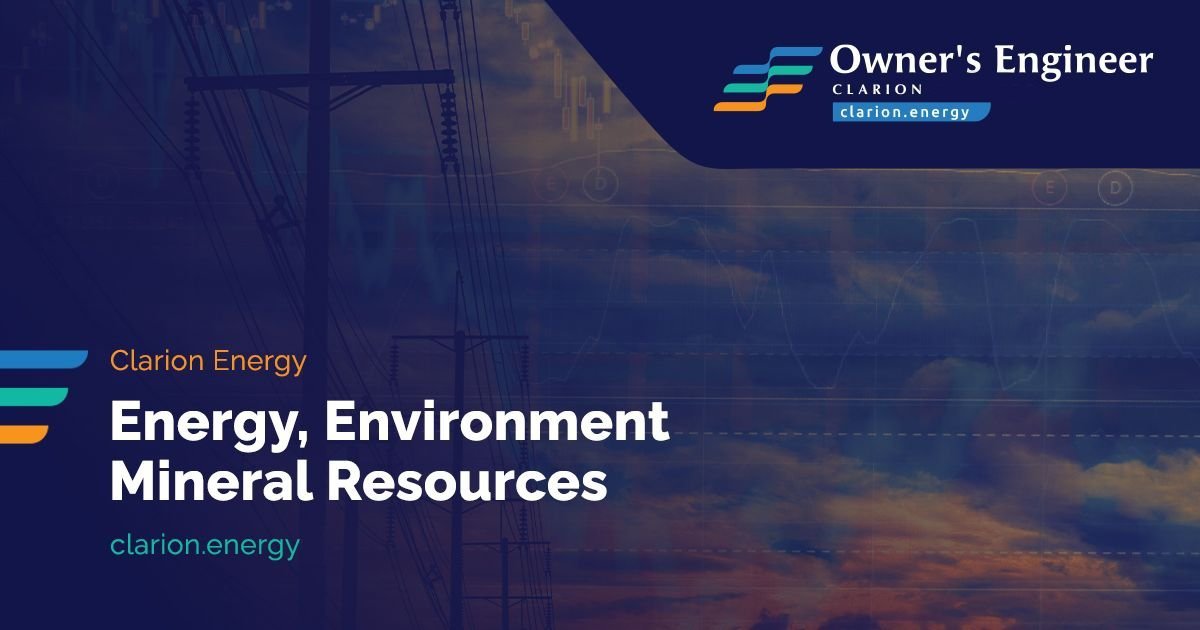Modernizing an industry that’s hundreds of years old and has continued to operate in a location since 1906 is no easy task.
Officials from United States Steel Corp. say Northwest Indiana is key to the company’s long-term global success.
The developing world may be seeing more growth in steel in the next few years, but U.S. Steel officials say there are significant domestic opportunities to increase market share in certain sectors and invest in projects that can ensure the company’s viability.
“One of the great strengths that Gary has is that we’ve been here for 100 years and everyone here, we have a well-developed base here in the region,” said Matthew Perkins, named general manager of Gary Works in July. “Our employees have a great knowledge and a great history here. We have developed a great team of suppliers in the region that can work for us and work with us at a moment’s notice.”
The region is home to the company’s largest manufacturing complex, Gary Works, but it is only a slice of the more than 4,900 employees the company employs in the area. That number also pales to the number of retirees the company has living in the region.
Gary Works includes the coke production, steelmaking, and finishing facilities in Gary, and the Midwest Plant in Portage and East Chicago Tin, which are finishing facilities. U.S. Steel also is part of two joint ventures in Portage: Feralloy Processing Co. and Chrome Deposit Corp.
Making the grade(s) of steel
Automobiles, appliances, food containers, and roofing. Those are a few of the industries that products that Pittsburgh-based U.S. Steel and other steel companies impact.
However, one key investment launched six years ago at Gary Works helped the facility and its largest blast furnace remain viable, said Jerry Littles, president of United Steelworkers Local 1014.
In April 2006, the company unveiled its $300 million rebuild and production capacity increase of the No. 14, formerly the No. 13, blast furnace. The company also had to make additional repairs about three years later on the 9,200-ton per day hot metal production capacity furnace to keep it operating correctly. Now, that furnace is one of the four that are operating at the facility to keep the products moving.
The company also sees that keeping products moving may require alternative methods of producing steel that can help the company reduce its cost structure. U.S. Steel wants to reduce its reliance on buying coke from the spot market by increasing the company’s coke production capacity and decreasing its consumption rate.
In the traditional cokemaking process, coal is heated in a series of ovens in an oxygen-starved environment to temperatures exceeding 2,000 degrees. This process takes at least a half day to remove impurities to leave a purer carbon product to add to blast furnaces. The coke is used to help reduce iron ore to make molten iron. The molten iron is then sent to a basic oxygen furnace and added with recycled steel products, or scrap, to make molten steel.
To help achieve the coke reductions, U.S. Steel said in June 2010 it would build the largest domestic commercial installation of equipment to produce a substitute product called Cokonyx in Gary. Engineering and construction of two modules to produce up to 250,000 tons each year of a semi-crystalline carbon material from coal blends would cost about $220 million. Since Cokonyx production uses a different process than traditional cokemaking via coke ovens, Gary Works will be able to reduce have a net reduction in the amount of harmful pollutants being emitted into the atmosphere from potentially shutting down coke batteries, a series of coke ovens.
“This breakthrough technology will improve the environmental performance of the plant as well as create 500 construction jobs, further enhancing Gary’s position in steelmaking,” U.S. Steel spokeswoman Courtney Boone said.
John Surma, U.S. Steel chairman and chief executive officer, said in a conference call with analysts in late October the Gary project will start up in the middle of 2012.
Discussions about staffing and how to operate the facilities is a complex process that has required months of planning, said Littles, who represents more than 2,300 employees in iron and steel producing operations at Gary Works.
“We want to make sure that when we put our people in place that we hit the ground running and we’re not going through this thing blindly,” Littles said. “And it is a huge investment, so we want to make sure our people are fully qualified and our technicians are fully trained. The company and the union want this thing to be a success.”
Nearly one year ago in Gary, U.S. Steel began operating a compressed natural gas fueling station after retrofitting six cargo hauling pickup trucks and a passenger van. The total project cost was $600,000, and the conversions will help save $12,500 a year through lower fuel and maintenance costs, said Michael Williams, U.S. Steel senior vice president and head of North American flat-rolled operations. Since natural gas burns cleaner than oil, operating the vehicles will produce lower tailpipe emissions.
Changes at the top
The steel industry competitive landscape in Northwest Indiana and the world is a bit different since Matthew Perkins last worked in the area nearly a decade ago.
Despite the changes, he says returning to the area is an honor and it will be important for him to ensure Gary Works makes continuous improvements as it works to serve customers.
The interest Perkins, a Hamilton, Ohio-native, has in the steel industry started as a result of growing up near in a steel mill. That interest was heightened when he realized people are going to continue to buy cars and build buildings, both of which are dependent upon steel. Perkins graduated from Ohio State in 1991 with a bachelor’s degree in metallurgical engineering and completed his master’s degree in business administration at the University of Pittsburgh in 1998. He is also married to his wife Nadezda.
Perkins, 44, said his top priorities are improving the safety performance at Gary Works facilities, environmental compliance, energy usage efficiency in production and product quality. With quality, he said it’s important to “differentiate ourselves from our competitors to make better quality products to work better with our customers to help them in the development of new products.”
Perkins worked with LTV Steel Co. for 10 years prior to U.S. Steel’s 2001 acquisition of the East Chicago Tin facility. Since 2003, he has worked near Detroit and the European countries of Serbia and Slovakia. His most recent role with the company has been vice president and general director of U. S. Steel Serbia.
“I know that’s one of the advantages that we have moving from facility to facility,” Perkins said. “There are things that I’ve learned in Europe, there are things that I have learned in other facilities that I’m bringing to Gary.”
The fundamental processes of making iron and steel haven’t changed in Gary, but equipment upgrades have been made to deal with increasingly demading customers. Perkins said since many of the company’s customers have global operations, there also is more uniformity in product demands within the industry whether the customer is located in central Europe or the United States.
“We’ve found better and better ways to run it to become more environmentally compliant,” Perkins said. “We’ve had major investments since my last time here.”
For 100 years more?
Concerns about domestic and international competition and technological challenges aren’t new within the steel industry and officials expect steel companies to deal with them in the future.
In addition to enhancing its raw materials position, U.S. Steel, the world’s eighth largest steelmaker based on annual raw steel production, plans to invest heavily in its tubular products business and produce high-strength steels for cars, trucks and other motor vehicles. In its tubular business, the company wants to supply pipe products to companies that are leading domestic exploration and transmission of oil and natural gas.
George Babcoke, U.S. Steel senior vice president and head of Europe and global operations services, says the company has significant opportunities to use more natural gas within its blast furnace and oxygen steelmaking operations. However, he says the company could also build electric arc furnaces that could that accept a product called direct-reduced iron to reduce scrap consumption. With direct-reduced iron, natural gas is used to reduce iron ore and creates a higher iron content product to use in steelmaking.
“We are working together with an eye to the future to take the basic steelmaking process with its basic roots back to the days of Andrew Carnegie and harness the innovation, knowledge and strength of our greatest assets: our people, and create the future of steel,” said Babcoke, a Northwest Indiana native, at a steel industry conference in October.
Regardless of what form the industry takes, Littles said he’s confident there will be Northwest Indiana workers to staff facilities and help the company produce steel for years to come.
“They’re going to be a player in the steel industry for the long term and I think they have good intentions,” Littles said.













